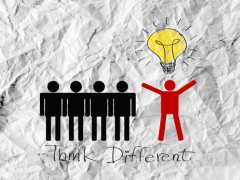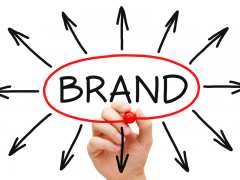UCD with Agile Development Process is Possible! The Agile methodology has taken the software development world by storm over the last two decades, and with good reason. The focus on iterative and incremental development, cross-functional teams, and working software over laborious documentation fits well with our need to respond rapidly to an ever-changing technological landscape. However, the move to Agile has left many product owners, development teams, and ... Read More >
June UX News Roundup: The Importance of Customer Experience
Highlight Customer Experience An optimized customer experience can be the difference between a product or application’s success or failure in the marketplace. These news articles from the business press reinforce what we know to be true: listening to the “voice of the customer” is a powerful effort. It helps customers accomplish their goals quickly and easily and helps increase customer satisfaction, in turn generating positive business outcomes for the ... Read More >
Institutionalizing User Centered Design at Your Organization
Embrace User-Centered Design Do you remember the first time you looked at your website through the eyes of a customer? It can be haunting to watch someone struggle to accomplish a critical task, and finally declare they’d give up in frustration. This is the defining moment when some organizations decide it’s time to embrace user-centered design (UCD) and build a culture that will nourish and sustain it. How to get started: But what’s the best way to go ... Read More >
The Wisdom of Integrating Branding and User Research
What is a Brand? A generally accepted definition of the term “brand” is “the emotional relationship a product, company, organization or even person has with their customers, audiences, consumers, and larger community.” This is a definition modified from several sources including Marketingspot. In terms of the brand of a product, application or website, a brand elicits thoughts, perceptions, emotions, and responses from customers, or users. Responses ... Read More >





